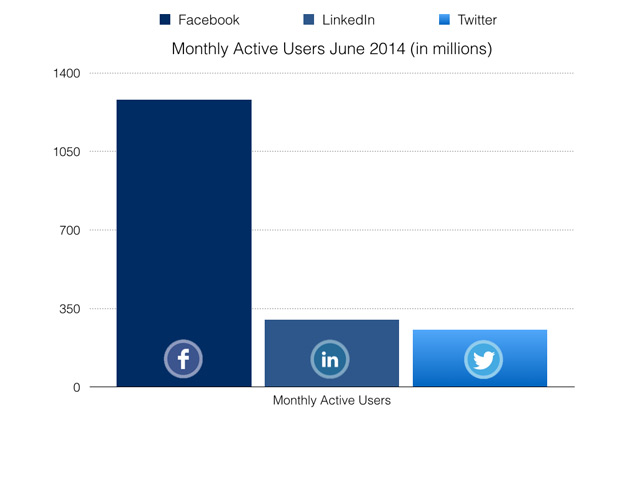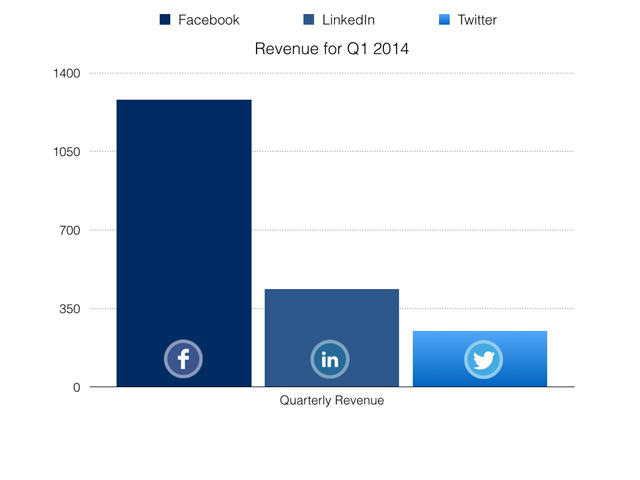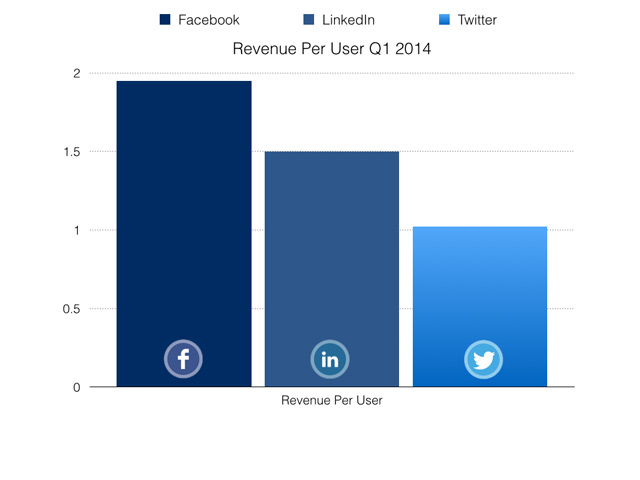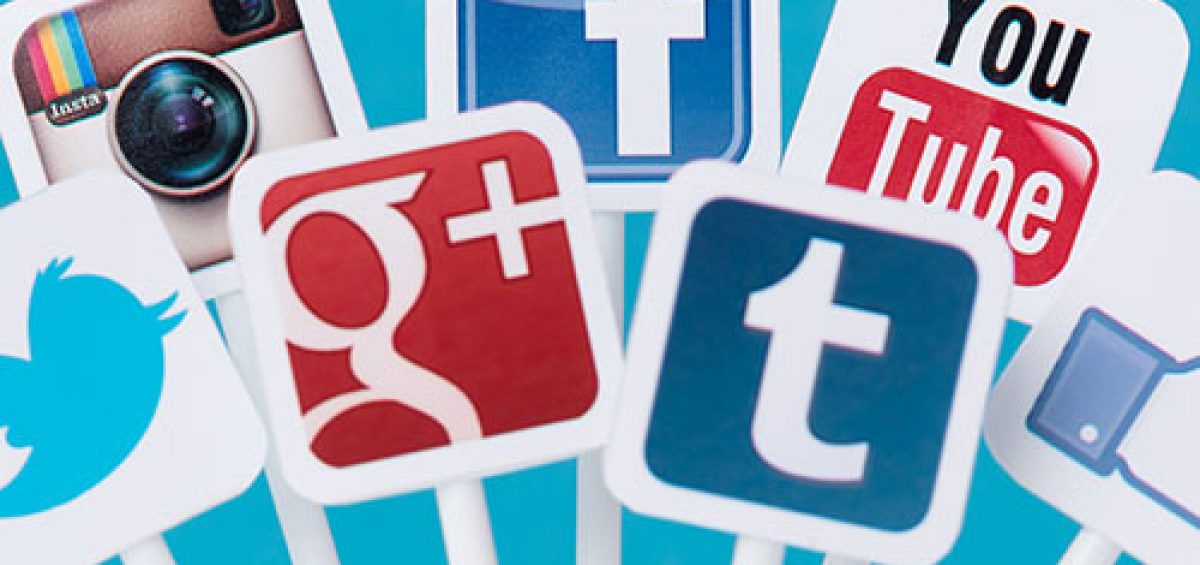 Wondering if you should focus on Facebook or LinkedIn, or put more effort into tweeting?
Wondering if you should focus on Facebook or LinkedIn, or put more effort into tweeting?
Consumers are now more informed, connected, and empowered than ever. What kind of opportunities does this create for B2B marketers?
Mike Stelzner over at Social Media Examiner has published the 6th Annual Social Media Marketing Industry Report not too long ago. Close to 3000 marketers reveal where they focus their social media activities, which social tactics are most effective and how content plays a role into their social media marketing.
Undeniably, Facebook and LinkedIn are the two most important social networks for marketers. However, the recent decline in the organic reach on Facebook has forced brands to rethink their strategies and effectiveness on the network.
For the first time, brands were seeing a general deficit in their returns from marketing on Facebook. The drop-off in organic reach continues to be a touchy subject for brands especially those who invested time and effort in growing their fan bases. Seemingly, we are getting to a place where because more people are sharing more things, the best way to get your stuff seen is to pay for it. Sponsored updates/posts are here to stay. For many small business owners, paid reach is one of their most important strategies, to proactively engage their audience.
“Paid media has become an essential part of developing effective social strategies,” asserted Socialbakers CEO Jan Rezab.
For B2B marketers, Facebook (89% using) and LinkedIn (88%) are virtually equal in popularity, closely followed by Twitter (86%).
The report also shows when forced to only select one platform, 54% of marketers selected Facebook, followed by LinkedIn at 17%.
With 300 million users on the platform, LinkedIn is making a serious investment in new features that give brands the tools to emerge as thought leaders in their fields. And brands are catching on, especially as other major social networks like Facebook and Twitter largely offer opportunities for promoting B2C content.
Let’s take a look at how the there sites stack up side by side.
Monthly Active Users
Facebook: 1280m
LinkedIn: 300m
Twitter: 255m

Revenue for first Quarter 2014
Facebook: 2500m
LinkedIn: 473.2m
Twitter: 250m

Revenue Per User
Facebook: $1.95
LinkedIn: $1.50
Twitter: $1.02

Revenue Breakdown
Facebook: 2.27b from Advertising (90%), 237m from payments and other revenue
LinkedIn: 257.9m (57%) from talent solutions, 101.8m from marketing (22%), 95.5m(20%) from Premium Subscription, $284.9m from US (60%), $188.3m from International (global)
Twitter: 226m from Advertising (90%), 24m (10%) from data license
Table of Contents
Facebook Pros and Cons
Pro: Facebook’s huge user base means that more professionals are on Facebook than on LinkedIn in terms of total numbers. Those professionals don’t turn off their business acumen when they’re on Facebook, so you can still market effectively through the broader platform.
Con: Facebook posts may or may not appear on your fans’ walls, depending on their level of engagement with your brand.
LinkedIn Pros and Cons
Pro: Professionals tend to gather at LinkedIn. Nearly 60% of B2B marketers are on LinkedIn, meaning you’ll reach more professionals there at any given time than you will on any other social network. It’s easy to network with serious professionals, view their profiles, and connect with the movers and shakers in any industry.
Con: Total number of users, number of minutes spent on the site and number of high-level professionals fall far below the same stats on Facebook. There’s also less interaction on the site compared to other networks.
Twitter Pros and Cons
Pro: Since all updates are posted in real-time on Twitter, you can send out posts with greater frequency. Twitter also allows for a little more privacy since followers can tweet you without others seeing it. It’s also a great way to respond to customer complaints or questions.
Con: At only 140 characters, Twitter doesn’t give you much room to get a message out to your followers. It’s also easy for users to miss your message since everything is posted on their timeline chronologically.
Conclusion
Whether you are running a B2C or B2B Business, ultimately it’s still about people. Go back to basic things and understand your market. Finding your potential prospects on social media isn’t all that difficult. Your challenge is how to create a targeted social experience and how to manipulate the technologies to drive results. Develop your customer persona, understand their pain points and construct relevant content strategies throughout the buying cycle. Social media only works if you get involved.
What do you think? Please share your experiences and questions in the box below.


